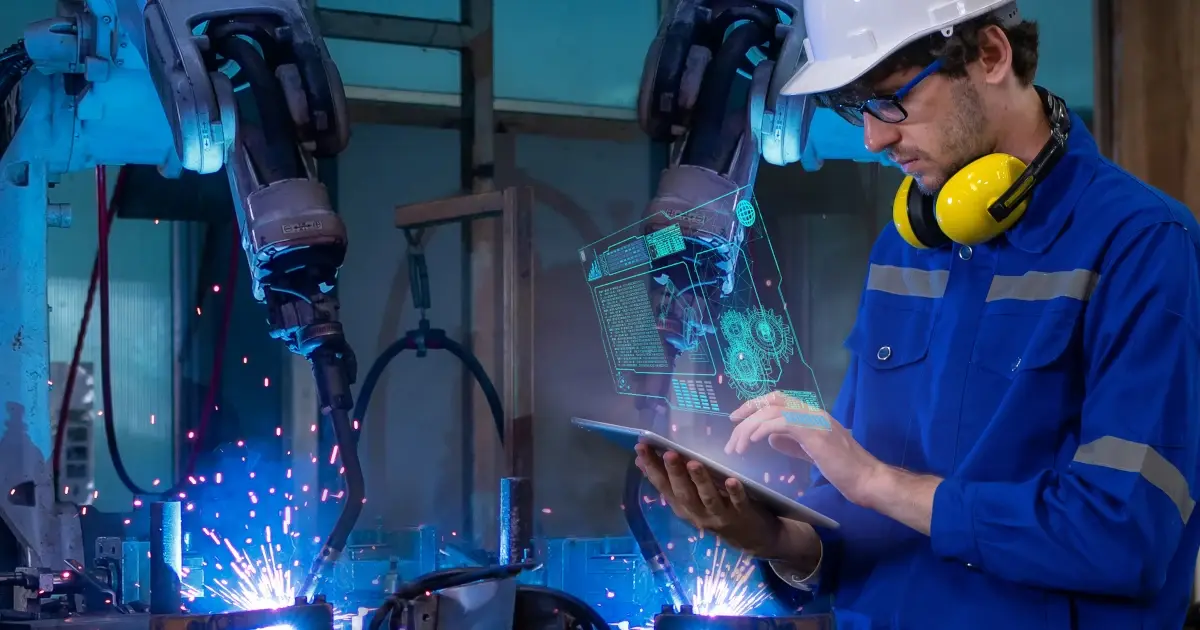
MacroFab Blog
The World Robotics 2021 Industrial Robots report shows a record of 3 million industrial robots operating worldwide – an impressive 10% increase from the previous year. Despite the challenges posed by global supply chains, sales of new robots still grew slightly at 0.5%, with 384,000 units shipped globally in 2020. With the increase, 2021 became the third most successful year in the robotics industry’s history. And 2022 is expected to be even better.
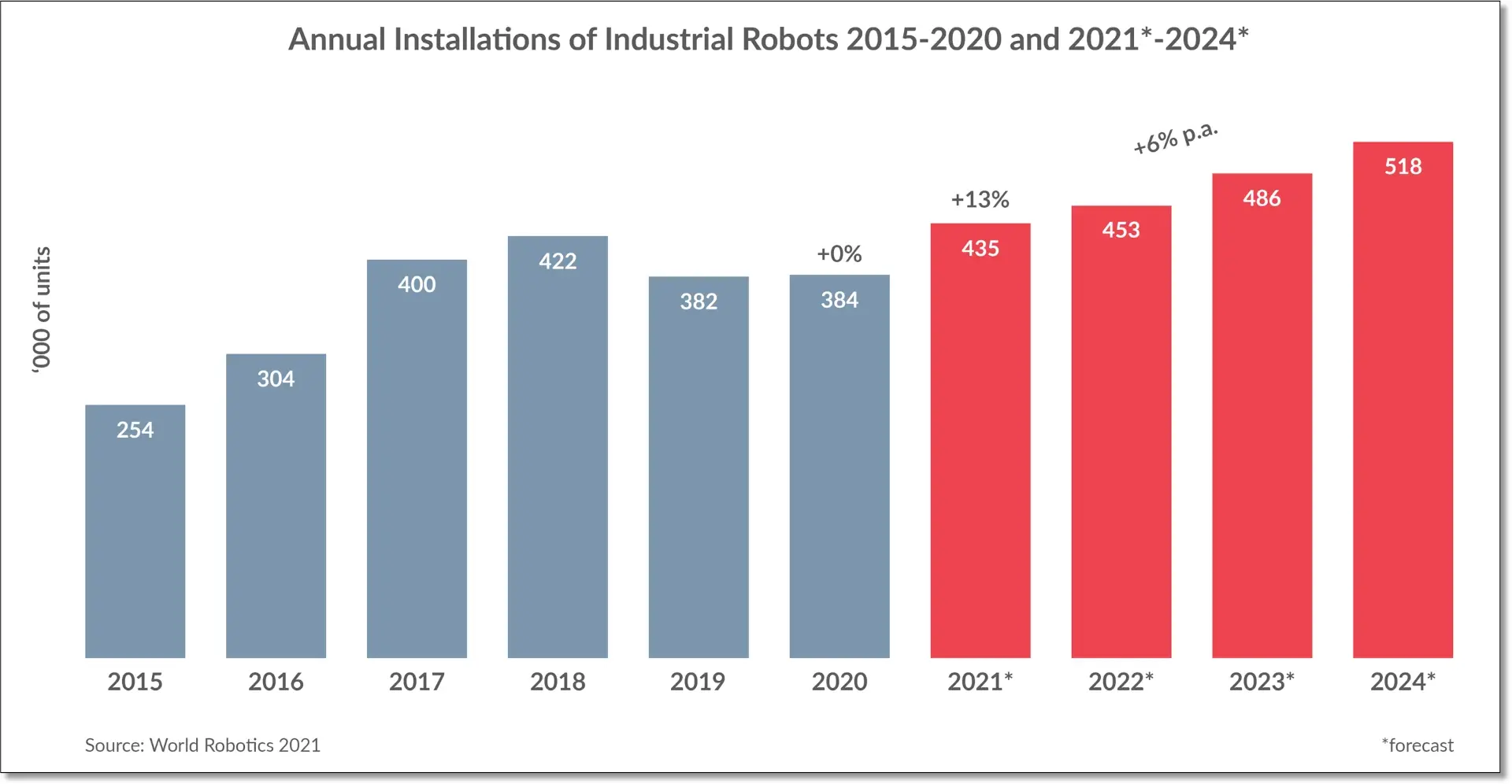
Industrial robotics is a rapidly growing field encompassing robots and automation technology in manufacturing and other industrial settings. These robots, which can be programmed to perform various tasks, have been widely adopted by companies in recent years to offset the decline in human labor and increase efficiency. The COVID-19 pandemic has accelerated this trend, as many companies have been forced to look for ways to offset the labor shortages and increased costs caused by the virus.
Pandemic Accelerates Adoption of Industrial Robots
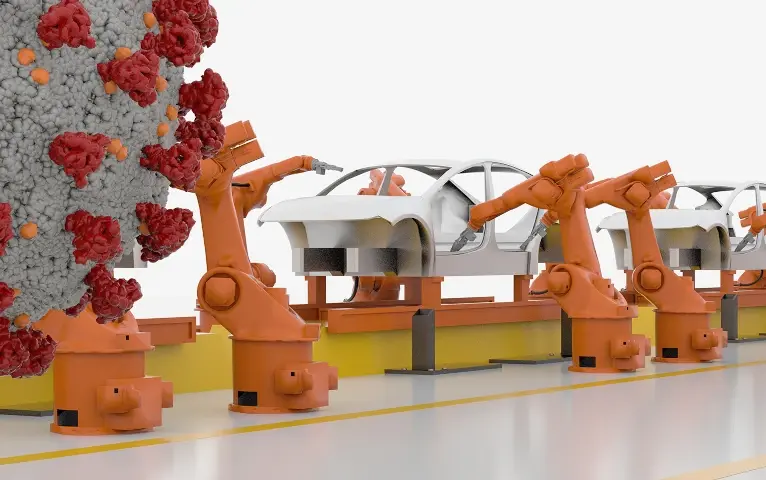
The impact of the COVID-19 pandemic on the industrial robotics market has been significant. As factories and manufacturing facilities were forced to shut down or reduce capacity due to lockdowns and social distancing measures, many companies experienced a decline in human labor. This labor shortage and the need to maintain or increase production levels increased the demand for industrial robots. This is supported by market data, which shows a significant increase in the size and growth of the industrial robotics market during the pandemic. For example, the global market size of industrial robotics is expected to reach $59.3 billion by 2026, growing at a CAGR of 9.3% from 2020 to 2026.
Robotics in the Assembly Line
Industrial robots in manufacturing have been widely adopted in recent years due to their ability to increase efficiency, accuracy, and safety and reduce costs. Many companies have turned to robots to automate repetitive tasks, improve quality control, and boost production rates.
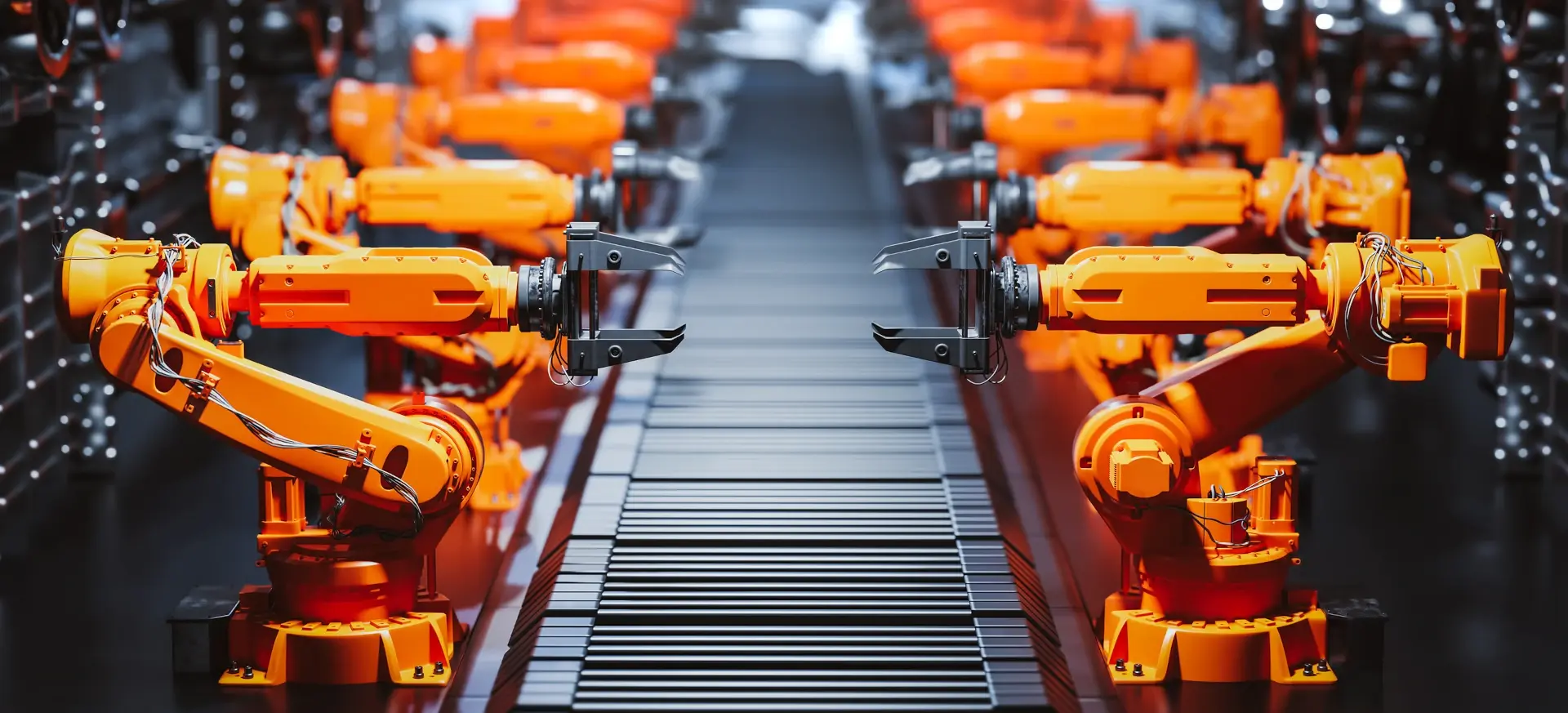
Many industries have adopted industrial robots, including automotive, metals and machinery, electrical and electronics, plastics and polymers, food and beverage, and many more. By implementing these robotic systems, companies have reduced costs and improved ROI.
According to 2020 research, when it costs more to pay workers and the workers are getting paid more, companies start using more industrial robots to do the work instead of people. This decreases the cost of each item produced, but workers still get paid more. Overall, the benefit of using the machines (increased productivity) is greater than the cost of paying workers more.
The Rise of Mobile Industrial Robots
Adding a new dimension to automation are mobile industrial robots (MIRs). These robots move freely around a facility, offering increased flexibility and expanding their usefulness. Unlike traditional stationary robots, MIRs can be programmed to navigate complex environments, avoiding obstacles and ensuring worker safety.
MIRs excel in material handling tasks, transporting goods, parts, and tools throughout the production process. This frees up human workers for higher-value activities such as assembly, inspection, and maintenance. MIRs offer many benefits, such as increased throughput, enhanced flexibility, improved safety, and lower labor costs.
Robotics: a Complex Machine
Checkpoint
The robotic industry relies on good PCBA design.
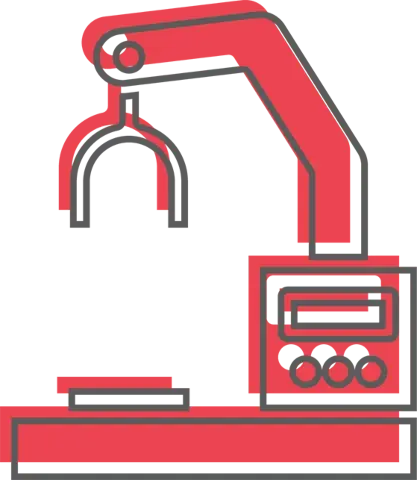
Industrial robots are machines comprising multiple systems that work in unison to ensure optimal performance on the production line. The entire robotic industry relies on good PCBA design, as each robot system requires a number of discrete PCBA assemblies working together.
The robot “brain” is the primary system control module located in the control panel, allowing it to coordinate its movements and tasks. Sensor and vision arrays help the robot interact with its environment and identify potential obstacles.
Robotic arms and end effectors allow the robot to move and manipulate objects. Power regulation and management systems ensure a consistent power supply, while rugged connectors and cable assemblies transmit signals and allow for communication with external systems.
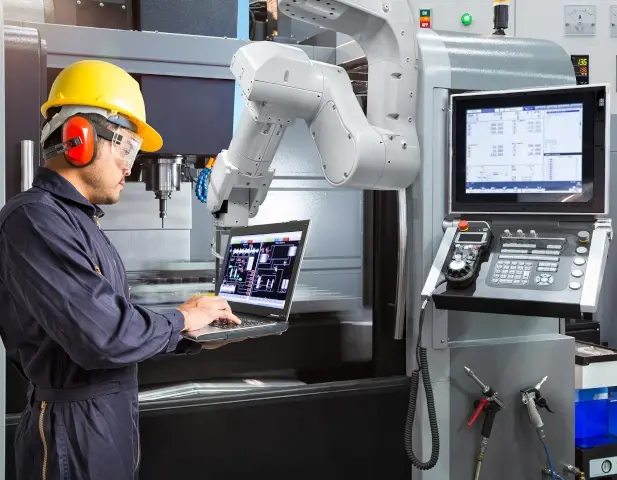
Finally, networking and communications equipment enable the robot to communicate with other robots and systems on the production line. All of these components must work together for the robot to function correctly.
The complexity of these parts and their integration emphasizes the importance of formalizing these subsystems in standards such as ISO-8373. These elements are often integrated into industrial robots or are separate, but interconnected systems.
Opportunities and Challenges Ahead
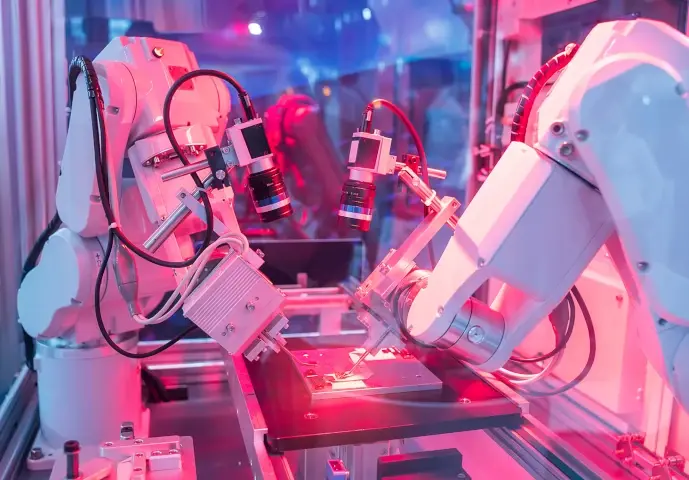
The future outlook for the industrial robotics market is positive, with projections for significant growth in the coming years. As technology advances, industrial robots are expected to become even more capable and versatile, making them suitable for an even more comprehensive range of applications and industries.
As labor costs continue to rise and shortages persist, more and more companies will likely turn to industrial robots as a cost-effective solution. However, there are still challenges facing the industrial robotics industry.
One of the primary challenges is developing effective software and programming solutions for robots. This is especially important for complex tasks found in the automotive, metals and machinery, and electrical and electronics industries. In addition, the cost of implementing and maintaining industrial robots may discourage some companies from making the switch.
FAQs about Industrial Robotics
What are some common industrial robot applications?
- Welding: Arc and spot welding are common for joining metals, while robots can also handle tasks like soldering.
- Material handling: Robots can pack, move, and sort materials.
- Assembly: Robots can assemble complex products quickly and accurately.
- Finishing: High-precision robots can perform tasks like grinding, deburring, and polishing.
- Machine tending: Robots can load and unload machines, freeing up human workers for other tasks.
- Painting: Industrial robots are more consistent and precise than human painters.
How many types of industrial robots are there?
- It's difficult to list them all, but some of the most common ones are segmented by their movement, such as Cartesian, Delta Robots, SCARA, Articulated, and Cylindrical.
- Cartesian Robots are good for precise tasks like 3D printing and CNC machining (think X,Y,Z movements.)
- Delta Robots are spider-like, known for super fast and precise pick-and-place actions.
- SCARA Robots primarily exist on assembly lines. SCARA robots use parallel rotary joints to perform side-to-side movements.
- Articulated Robots are usually designed with many joints, similar to the joints on a human arm. They can be used for a variety of things, such as painting and packaging.
- Cylindrical Robots handle tasks in tight spaces like machine loading and simple assembly.
What are the top industrial robot companies leading the industry? *
- Mitsubishi Electric
- ABB Robotics
- Kawasaki Heavy
- FANUC
- Yaskawa
- KUKA Robotics
- Dürr AG
*According to 2023 Statista resources.
Related Topics
How MacroFab Uses Clear Communication to Improve Your PCB Production Experience
This blog will discuss how MacroFab can help customers in their PCB production experience through clear communication in a high-octane environment.
ITAR in Electronics Manufacturing: Maintaining Compliance
A discussion about ITAR and the shared responsibility in protecting essential technologies and services vital to the security of our nation.
Mapping Out a PCBA Supply Chain Strategy in Five Moves
Companies should create unique vendor relationships with numerous international suppliers due to the necessity of having to source components globally.
About MacroFab
MacroFab offers comprehensive manufacturing solutions, from your smallest prototyping orders to your largest production needs. Our factory network locations are strategically located across North America, ensuring that we have the flexibility to provide capacity when and where you need it most.
Experience the future of EMS manufacturing with our state-of-the-art technology platform and cutting-edge digital supply chain solutions. At MacroFab, we ensure that your electronics are produced faster, more efficiently, and with fewer logistic problems than ever before.
Take advantage of AI-enabled sourcing opportunities and employ expert teams who are connected through a user-friendly technology platform. Discover how streamlined electronics manufacturing can benefit your business by contacting us today.